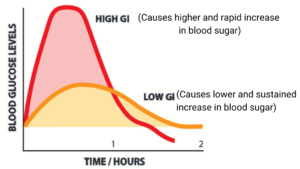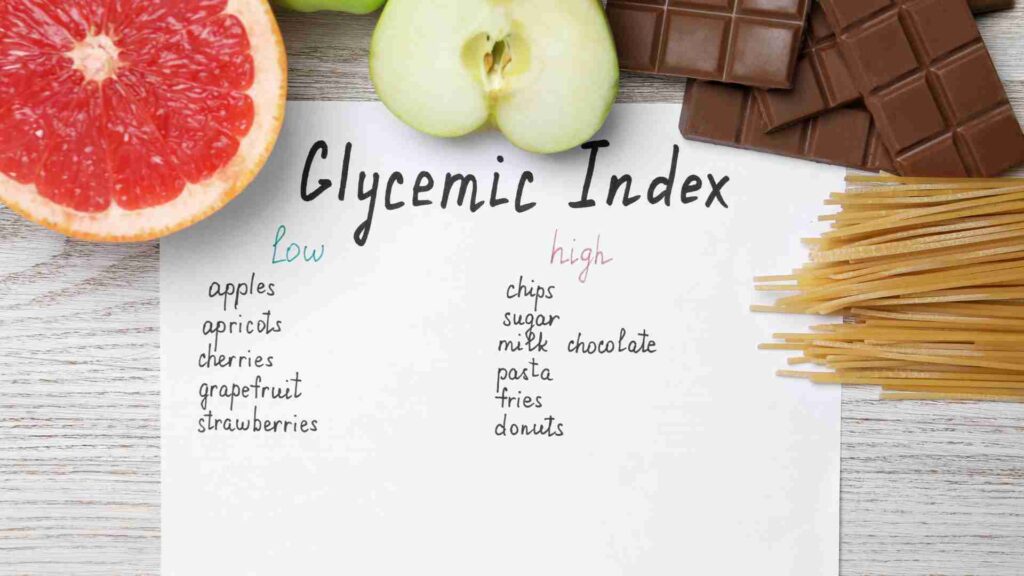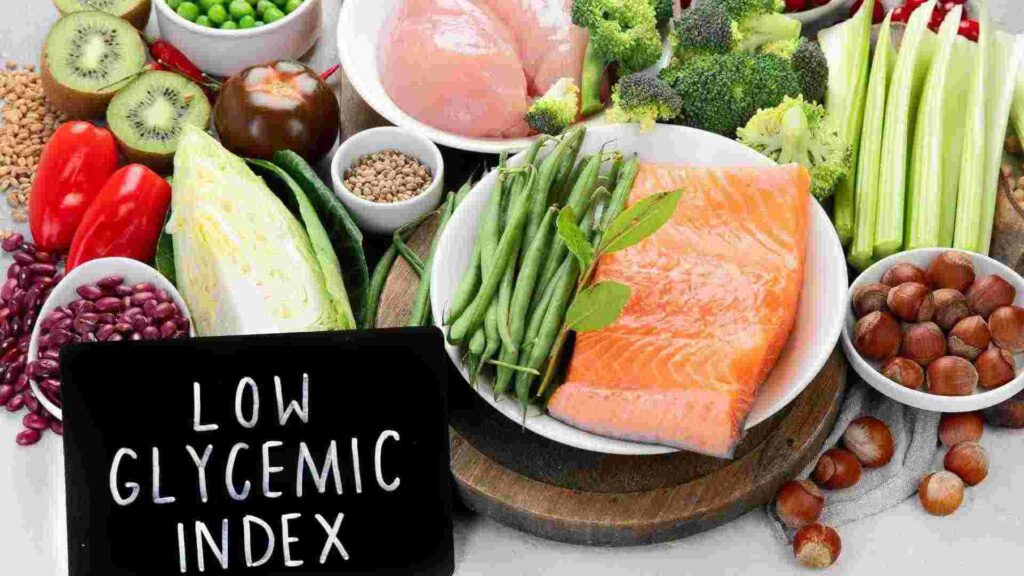यौन स्वास्थ्य के सभी पहलुओं के लिए व्यापक जानकारी प्राप्त करें और अपने यौन कल्याण को सशक्त बनाने के लिए संसाधन और मार्गदर्शन खोजें।
Erectile dysfunction (ED) is a common condition that affects millions of men worldwide, causing distress…
यौन स्वास्थ्य के सभी पहलुओं के लिए व्यापक जानकारी प्राप्त करें और अपने यौन कल्याण को सशक्त बनाने के लिए संसाधन और मार्गदर्शन खोजें।
Erectile dysfunction (ED) is a common condition that affects millions of men worldwide, causing distress…
Erectile dysfunction (ED) is a condition that affects many men worldwide, leading to significant stress,…
The International Society for the Study of Women’s Sexual Health describes Hypoactive sexual desire disorder…
Achieving and maintaining a strong penile erection is a common concern for many men. It…
The underlying cause as well as the severity of pain determine the varied treatment approaches…
The pelvic floor muscles are the unsung heroes of our body’s core, providing support to…
Assertiveness is a crucial skill that enhances communication, reduces stress, and promotes self-confidence. It enables…
These days, it seems like everyone is jumping on the bandwagon of criticizing carbohydrates. People have demonized carbs to the extent that it feels like they’re a food group to avoid at all costs.
But the truth is, that carbohydrates are essential for the human body to function properly. They’re present in foods for a reason. So rather than simplistically categorizing carbs as “good” or “bad,” we need to understand which types of carbohydrate-containing foods promote health and energy.
यहीं पर ग्लाइसेमिक इंडेक्स और ग्लाइसेमिक लोड आते हैं।
ग्लाइसेमिक इंडेक्स यह आकलन करने का एक वैज्ञानिक तरीका है कि खाद्य पदार्थों में कार्बोहाइड्रेट ब्लड शुगर के स्तर को कैसे प्रभावित करते हैं। यह सर्वविदित है कि सभी कार्बोहाइड्रेट ब्लड शुगर बढ़ाते हैं, लेकिन ग्लाइसेमिक इंडेक्स यह पता लगाकर इस समझ को और गहरे स्तर पर ले जाता है कि कोई विशेष भोजन रक्त शर्करा को कितना बढ़ाता है।
विषयसूची
विषयसूचीThe glycemic index provides a scientific approach to evaluating how carbohydrates in foods impact blood glucose, or blood sugar, levels.
While it’s common knowledge that all carbohydrates raise blood sugar, the glycemic index delves deeper by determining the extent to which a specific food raises blood sugar.
ग्लाइसेमिक इंडेक्स 0 से 100 के पैमाने पर खाद्य पदार्थों का मूल्यांकन करता है, जिससे ब्लड शुगर के स्तर को तेजी से बढ़ाने की उनकी क्षमता निर्धारित होती है। अधिक संख्या वाले खाद्य पदार्थ ब्लड शुगर में अधिक तेजी से वृद्धि का कारण बनते हैं, और कम संख्या वाले खाद्य पदार्थ ब्लड शुगर के स्तर पर कम स्पष्ट प्रभाव डालते हैं।

To determine the glycemic index of a food, researchers feed a specific weight of the test food (usually 50 grams, roughly equivalent to 4 tablespoons of sugar) to at least ten healthy volunteers.
These volunteers’ blood sugar levels are measured before eating and at 15 to 30-minute intervals for two hours, generating a blood sugar response curve.
Next, the food’s blood sugar response is compared to that of a control food, typically glucose or table sugar, which is given a value of 100.
Researchers then average the individual responses of each test subject to calculate the food’s glycemic index number.
Experts categorize foods as low, medium, or high glycemic foods and rank them on a scale of 0–100.
यहां तीन श्रेणियां हैं:
Low GI = GI of 55 or less
Medium GI = GI 56 to 69
High GI = GI of 70 or more

उच्च ग्लाइसेमिक इंडेक्स (जीआई) खाद्य पदार्थ वे होते हैं जिनमें आसानी से पचने योग्य कार्बोहाइड्रेट होते हैं, जबकि कम जीआई खाद्य पदार्थों में धीरे-धीरे पचने योग्य कार्बोहाइड्रेट होते हैं जिसके परिणामस्वरूप भोजन के बाद ब्लड में ग्लूकोज प्रतिक्रिया कम रहती जाती है।
सिडनी विश्वविद्यालय की जीआई वेबसाइट gives information on the GI values of various foods.
Glycemic index is a valuable tool for measuring how different carbohydrate-containing foods impact blood sugar levels. However, it is calculated using a standard weight of a specific food, usually 50 grams.
In real life, you don’t always consume a standard amount of food. Sometimes you may eat two slices of bread at breakfast; other times you may eat one. Also, you may eat more than one food at a time, such as a peanut butter sandwich with a glass of milk and a banana. How is the blood sugar affected then?
यह समझने में हमारी मदद ग्लाइसेमिक लोड करता है।
The glycemic load takes into account both the glycemic index and the actual amount of carbohydrates consumed in a given meal or snack.
To calculate the glycemic load (GL), the glycemic index (GI) of a food is multiplied by the amount of carbohydrates in that food and then divided by 100.
उदाहरण के लिए, 1 मध्यम सेब का जीआई 40 होता है और इसमें 15 ग्राम कार्बोहाइड्रेट होता है।
40 × 15 = 600, और 600 ÷ 100 = 6, 1 मध्यम सेब का ग्लाइसेमिक लोड।
यदि आप 2 मध्यम सेब खाते हैं, तो इस गणना का उपयोग करें: 40 × 30 = 1200; 1200 ÷ 100 = 12 का एक जीएल।
ग्लाइसेमिक इंडेक्स की तरह, ग्लाइसेमिक लोड को आम तौर पर तीन श्रेणियों में वर्गीकृत किया जाता है:
Low GL = GL of 10 or less
Medium GL = GL of 11 to 19
High GL = GL of 20 or more

Several studies have indicated that low-GI and -GL diets might have a modest but significant effect in the prevention of type 2 diabetes.
Diabetes UK and the European Association for the Study of Diabetes have included the use of diets of low GI/GL in their recommendations for preventing diabetes in individuals at high risk.
अध्ययनों में उच्च ग्लाइसेमिक लोड आहार और हृदय रोग के जोखिम के बीच संबंध पाया गया है।
It is suggested that a Low Glycemic diet is beneficial for women with PCOS. It has also been linked with improved mood and increased energy levels.
Low GI foods offer many advantages over high GI foods for most people.
These foods have a slower digestion process, leading to a gradual increase and decrease in blood glucose levels after consumption. This makes them beneficial for people with diabetes or glucose intolerance as they can help regulate their blood glucose levels.
Moreover, this effect is also advantageous for healthy individuals as it reduces the secretion of insulin throughout the day.

अपने रक्त शर्करा के स्तर को स्थिर रखकर, आप अपने हृदय स्वास्थ्य में सुधार कर सकते हैं। उच्च जीआई कार्बोहाइड्रेट के नियमित सेवन से असामान्य रूप से उच्च इंसुलिन का स्तर हो सकता है, जो उच्च रक्त फैट और ब्लड प्रेशर को बढ़ावा दे सकता है, जिससे दिल का दौरा पड़ने का खतरा बढ़ सकता है।
However, a lower glucose level over the day improves heart health by making blood vessels more elastic and reducing the formation of fatty streaks and plaques that cause atherosclerosis.
Additionally, good blood glucose management reduces the likelihood of forming blood clots in arteries, which can lead to heart attacks.
To benefit from low GI foods, it is not necessary to exclusively consume them.
Studies show that when combined with high GI foods in a meal, the overall blood glucose response is intermediate.
Choosing at least one low GI food per meal can help maintain lower glucose and insulin levels throughout the day.
Additionally, the slower digestion process can delay hunger pangs, leading to less overeating and better food choices, which can aid in weight loss efforts for those who are overweight.
Related: ग्लाइसेमिक इंडेक्स के बारे में 11 मिथक
कार्बोहाइड्रेट युक्त खाद्य पदार्थ हमारे शरीर में अलग-अलग प्रभाव दिखाते हैं और इन्हें समान नहीं माना जा सकता है। कार्बोहाइड्रेट की गुणवत्ता को ग्लाइसेमिक इंडेक्स (जीआई) का उपयोग करके मापा जा सकता है, जो 0 से 100 तक का पैमाना है जो दर्शाता है कि खाद्य पदार्थों में कार्बोहाइड्रेट रक्त शर्करा को कितनी तेजी से प्रभावित करते हैं।
हालाँकि, यह ध्यान रखना महत्वपूर्ण है कि किसी भोजन की स्वास्थ्यवर्धकता केवल उसके जीआई स्कोर से निर्धारित नहीं की जा सकती है। पौष्टिक आहार की योजना बनाते समय जीआई केवल एक कारक है जिस पर विचार किया जाना चाहिए और यह एकमात्र निर्धारक नहीं होना चाहिए। भोजन का चयन करते समय अच्छे पोषण के मूल सिद्धांतों को ध्यान में रखना और यह कोशिश करना ज़रूरी है की हम भोजन सहजज्ञान से खाना सीखें।.
संदर्भ
एमबीबीएस और एमडी डिग्री वाली मेडिकल डॉक्टर डॉ. निष्ठा पोषण और कल्याण के प्रति गहरी रुचि रखती हैं। शारीरिक और मानसिक स्वास्थ्य के साथ महत्वपूर्ण संघर्षों से भरी उनकी व्यक्तिगत यात्रा ने उन्हें अनगिनत व्यक्तियों के सामने आने वाली चुनौतियों के प्रति एक अद्वितीय सहानुभूति और अंतर्दृष्टि प्रदान की है। अपने स्वयं के अनुभवों से प्रेरित होकर, वह व्यावहारिक, साक्ष्य-समर्थित मार्गदर्शन प्रदान करने के लिए अपनी पृष्ठभूमि का लाभ उठाती है, जिससे दूसरों को समग्र कल्याण प्राप्त करने के रास्ते पर सशक्त बनाया जा सके। डॉ. निष्ठा वास्तव में मन और शरीर के अंतर्संबंध में विश्वास करती हैं। वह जीवन में संतुलन और खुशी प्राप्त करने की दिशा में एक महत्वपूर्ण कदम के रूप में इस संबंध को समझने के महत्व पर जोर देती है।

